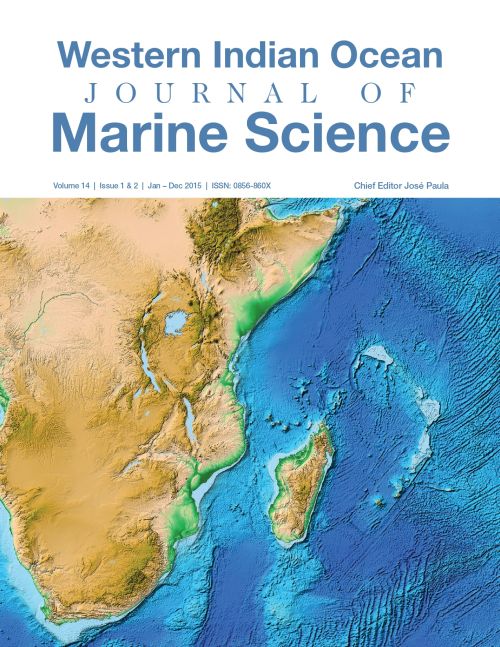Main Article Content
Feasibility of extensive, small-scale mud crab farming (Scylla serrata) in East Africa
Abstract
Small-scale farming of mud crabs (Scylla serrata) has been suggested as an alternative income for resource poor coastal communities in East Africa. However, it and it is unclear if the present culture methods are profitable and ecologically sustainable at larger scales. Here we assess the two dominant culture methods (crab fattening in cages and grow-out farming in ponds) using economic and ecological analyses in Kenya and Tanzania.
Cost-revenue analyses of crab-fattening cultures showed negative results at all scales in both countries. High labor costs and poor survival and growth make crab fattening an unprofitable and unsustainable livelihood in its present form. Grow-out cultures of small juvenile crabs showed a positive return at prices above $US 3.4 kg-1, which is achievable in Kenya and Mozambique, but difficult in Tanzania today. Analyses showed that it would be more profitable to farm smaller commercial crabs, and to increasing the size of the pond culture. However, the availability of seed-crabs and local feed sources limit the size of sustainably crab farms in a coastal community to approximately 500 commercial crabs per year. Before grow-out farming can become a profitable alternative income in East Africa, survival rates need to be improved, and market conditions and profits to local crab farmers enhanced.




